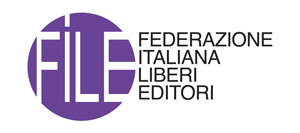AI-based technologies are rapidly learning to see, converse, calculate and create. One thing they still don’t do well, however, is measure or “feel” surfaces — a purely mechanical function.
Sua, working with CQSE Director Yuping Huang and doctoral candidates Daniel Tafone and Luke McEvoy ’22 M.S. ‘23, devised a quantum-lab setup that combines a photon-firing scanning laser with new algorithmic AI models trained to tell the differences among various surfaces as they are imaged with those lasers. “This is a marriage of AI and quantum,” explains Tafone. In their system, reported this month in the journal Applied Optics [Vol. 63, No. 30], a specially created beam of light is pulsed in short blasts at a surface to “feel” it. Reflected, back-scattered photons return from the target object carrying speckle noise, a random type of flaw that occurs in imagery. Speckle noise is normally considered detrimental to clear, accurate imaging. However, the Stevens group’s system takes a different approach: it detects and processes these noise artifacts using an AI that has been carefully trained to interpret their characteristics as valuable data. This allows the system to accurately discern the topography of the object “We use the variation in photon counts over different illumination points across the surface,” says Tafone. The team used 31 industrial sandpapers with surfaces of varying roughness, ranging from 1 to 100 microns thick, as experimental targets. (For comparison, an average human hair is about 100 microns thick.) Mode-locked lasers generated light pulses aimed at the samples.





